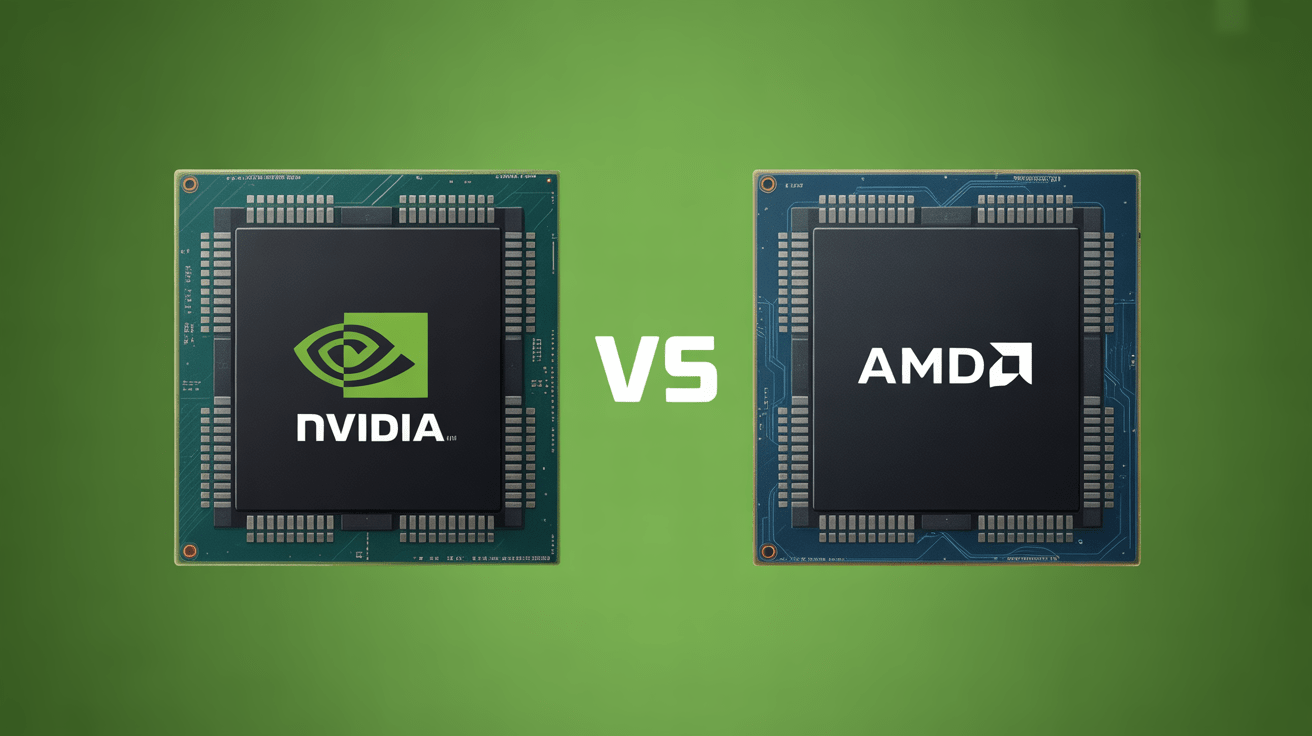
iot Thermostat vs Smart Thermostat: What’s the Difference?
The thermostat market has become saturated with terms like IoT thermostat and smart thermostat, often used interchangeably by vendors and media alike.Yet, beneath this lexical overlap lies a nuanced and critical distinction-one that shapes the user experience, developer integration, security posture, and market dynamics of these devices. For engineers, developers, researchers, and investors contemplating the future of smart home climate control, a deep understanding of the IoT thermostat vs smart thermostat distinction is foundational.
This article presents an authoritative, analytical deep dive into the technical, architectural, and market-driven differences between IoT thermostats and smart thermostats. we will also explore practical developer implications, ecosystem integration, and recommendations for selecting or building these systems.
Defining the Core Concepts: What Exactly Are IoT Thermostats and Smart Thermostats?
The Essential IoT Thermostat Framework
An IoT thermostat refers primarily to any thermostat device connected to the internet or a network allowing remote monitoring, control, and data exchange. typically, these devices leverage standardized Internet of Things (IoT) protocols such as MQTT, CoAP, or HTTP APIs to communicate with cloud services or local hubs. The focus is on device connectivity, sensor integration, and real-time telemetry.
Examples include minimalist thermostats that send temperature readings to a cloud backend and accept scheduling commands remotely, but they may not incorporate advanced learning or automation capabilities locally.
Smart Thermostats: Layering Intelligence and user Experience
In contrast, smart thermostats enhance IoT connectivity with embedded intelligence, advanced control algorithms, and adaptive automation features.These devices learn occupant behavior, optimize energy usage through machine learning models, and integrate deeply with smart home ecosystems (Google Home, Amazon alexa, HomeKit).
Smart thermostats boast refined UX through touchscreen interfaces,natural language commands,geofencing,and contextual awareness. They act less like passive nodes on an IoT network and more like autonomous agents managing home climate dynamically.
Key Differentiators In Summary
- Connectivity vs Intelligence: IoT thermostats excel at network connectivity and remote access. Smart thermostats extend this with AI-powered decision making.
- User Interface Complexity: Smart thermostats often feature advanced touchscreens and deep ecosystem integrations.
- Energy Efficiency Focus: Smart thermostats proactively reduce consumption using predictive algorithms.
The Underlying Technology Architectures of IoT vs Smart Thermostats
Device Software Stacks and Protocols
IoT thermostats rely on lightweight, resource-constrained embedded firmware capable of sensor data acquisition, network communication, and OTA updates. Common stacks include embedded C or C++ with RTOSes such as FreeRTOS.Communication protcols emphasize low-overhead and reliability – MQTT is a prime example, enabling pub/sub paradigms suited for connectivity to cloud brokers like AWS IoT Core or Azure IoT Hub.
Smart thermostats adopt more complex networking stacks, frequently enough incorporating Linux-based embedded OSes enabling containerization or local AI inference engines. They multicast over Wi-Fi or even integrate ZigBee/Z-Wave protocols for mesh networking within smart home hubs.
Cloud Integration Patterns
IoT thermostats typically communicate with cloud backends primarily for telemetry ingestion and remote command dispatch.The cloud layers provide dashboards,scheduling logic,and notification services but minimal real-time AI inference.
Smart thermostats feature bi-directional continuous syncing with cloud AI services,enabling model updates,deep analytics,and inter-device automation via cloud orchestration platforms or edge AI frameworks. Offline fallback is frequently enough engineered for continuous comfort and safety.
Data Flow and Control Loops
For an IoT thermostat, data flow is often “device-to-cloud” with user commands triggering localized hardware actions. In smart thermostats, a continuous control loop incorporates device sensors, user preferences, AI models, and cloud feedback - optimizing HVAC systems with real-time adjustments.
Firmware Development and API Ecosystems: Developer Perspectives
Customizability and SDK Availability
IoT thermostat platforms frequently enough provide basic SDKs supporting sensor integration, network communication, and OTA updates.The developer experience focuses on stability, security, and minimal resource usage.
Smart thermostats expose richer APIs for scheduling, AI model outputs, energy reports, and automation triggers. Developers benefit from cloud SDKs, webhook-based integrations, and home assistant plugin ecosystems to tailor end-user experiences.
RESTful APIs vs Event-Driven Messaging
IoT thermostats frequently use RESTful HTTP APIs suited to request-response operations such as fetching current metrics or pushing setpoints.
Smart thermostats leverage event-driven messaging paradigms with MQTT or WebSocket APIs enabling real-time state updates and command streaming to capture user presence, weather input, or occupancy sensors.
Integration with Smart Home Platforms
Compatibility with platforms like Google Smart Home, Alexa Smart Home, and Apple HomeKit is a crucial differentiator. Smart thermostats, by design, implement the necessary schemas and security protocols to integrate deeply, whereas many IoT thermostats remain siloed or require custom gateways.
energy Efficiency and Automation: How Smart thermostats Push the Boundaries
Machine Learning Models for Predictive Heating and Cooling
Smart thermostats leverage supervised and reinforcement learning models to predict when users are home,preferred temperature settings,and adapt HVAC cycles accordingly-minimizing wasted energy while preserving comfort.
Geofencing and Context-Aware Controls
geofencing integrates smartphone location services with thermostat settings-triggering automatic transitions between energy-saving modes when the user leaves or arrives home. This proximity-aware control is a hallmark smart thermostat feature not available in basic iot thermostats.
Voice and Multimodal Automation
Smart thermostats respond to voice assistants natively, integrating with natural language processing frameworks. Multimodal input-combining voice, app, physical controls, and sensor data-provides an smart, frictionless user experience unseen in typical IoT thermostat offerings.
Privacy and Security Considerations in IoT vs Smart Thermostat Deployments
Threat surface Analysis
Both thermostat classes involve connectivity risks-attackers may exploit firmware vulnerabilities,intercept communications,or abuse integration apis. Smart thermostats bear a larger threat surface due to more complex network stacks and cloud interactions.
Data Privacy Regulations and Compliance
Smart thermostats collect and process sensitive user behavioral data, potentially triggering compliance rules like GDPR or CCPA. Developers must architect privacy-by-design features including data minimization, encryption at rest and transit, and user consent frameworks.
Security Best Practices for Developers
- Implement strong authentication (OAuth 2.0, Multi-Factor Authentication)
- Secure firmware with signed OTA updates
- Encrypt all device-cloud communications (TLS 1.3 minimum)
- Audit and pen-test IoT APIs and interfaces regularly
Market Trends and Adoption: Where IoT Thermostats and Smart Thermostats Stand Today
Industry Growth and Penetration Rates
According to Statista’s 2023 smart home device market report, smart thermostats are expected to grow at a CAGR of over 15% through 2028, driven largely by demand for energy savings and connected lifestyle integration.
Consumer Preferences and Pain Points
Users increasingly seek devices that combine ease of installation, intuitive controls, and seamless home ecosystem integration. Smart thermostats win on personalization but frequently enough at higher price points than simpler IoT thermostats.
Vendor Ecosystem and partnerships
Leading players like Nest (Google), Ecobee, Honeywell, and Emerson leverage proprietary AI and ecosystem partnerships. Emerging startups focus on open standards and interoperability to democratize device automation.
Designing for Scalability: Architecting Next-Gen Thermostat Ecosystems
Modular Firmware and OTA Strategies
Both IoT and smart thermostats need modular firmware allowing patching and feature additions without hardware upgrades. Techniques like delta OTA, containerized microservices on the device, and secure boot are key future-proof methods.
Edge AI vs Cloud AI Balance
New architectures push more AI inference locally on-device (TinyML, Edge TPU) to reduce latency, improve privacy, and enable offline operation. Hybrid approaches sync models with cloud servers for continuous improvements.
Unified Data Standards and Interoperability
Open standards such as OCF (Open Connectivity Foundation), Matter, and Home Assistant apis aim to unify smart home device interoperability – a critical factor distinguishing isolated IoT thermostats from ecosystem-pleasant smart thermostats.
Practical Insights from Industry Applications and Use Cases
Commercial vs residential Deployments
IoT thermostats are common in commercial buildings for centralized energy monitoring without complex automation. Smart thermostats dominate residential markets where occupant comfort and adaptive automation yield more value.
Healthcare and Assisted Living Applications
Smart thermostats with integrated sensors can monitor patient wellbeing by analyzing temperature fluctuations, air quality, and occupancy, aiding proactive health alerts and environment adjustments.
Utility-Driven Demand Response Programs
Smart thermostats participate in utility demand response programs by adjusting HVAC loads during peak times, automatically reducing grid strain while notifying residents, which enhances grid stability and carbon footprint reduction.
Evaluating IoT Thermostats vs smart Thermostats: Choosing the Right Solution
Checklist for Technical Decision-Makers
- Does your use case require advanced AI-driven automation or simple remote control?
- What is your network reliability and latency budget?
- Do you need integration with existing smart home ecosystems?
- Is data privacy compliance a critical design constraint?
- What is your budget ceiling and hardware flexibility?
Common Pitfalls to Avoid
- Overestimating connectivity availability in low-coverage environments for IoT thermostats.
- Ignoring firmware update and security patching strategies.
- Choosing devices without open API support, limiting extensibility.
- Underestimating energy gains without incorporating occupancy and contextual awareness.
Key Performance Indicators for Continuous Enhancement
Monitor energy consumption drop percentages, average HVAC runtime per day, latency of command response, user engagement rates via app or voice controls, and the ratio of manual versus automated adjustments to refine thermostat systems effectively.
Future Outlook: Emerging Innovations and Research Frontiers
Integrating IoT Thermostats into Broader Smart City Infrastructures
With the rise of smart grids and urban IoT meshes, thermostat devices will increasingly collaborate with external data sources-weather stations, energy pricing feeds, and mobility data-to dynamically optimize thermal comfort and energy consumption on a district scale.
Advances in Sensor Fusion and Predictive Maintenance
Combining temperature sensors, humidity, air quality monitors, and occupancy sensors with AI models will deepen thermostat contextual understanding, enabling predictive HVAC failures and proactive maintenance alerts.
Blockchain for Trust and Data Integrity
Distributed ledger technologies promise transparent, auditable logs for thermostat system data streams-critical for regulatory compliance and trustworthiness in multi-stakeholder smart homes.
Concluding Thought: The Intelligent Thermostat Ecosystem as a Nexus of IoT and Smart Technology
The distinction between IoT thermostats and smart thermostats is not merely semantic but foundational-reflecting a transition from connected devices to intelligent autonomous systems. Understanding this difference empowers technology leaders to design, deploy, or invest in climate control innovations that are secure, scalable, and truly user-centric.
In the evolving landscape of smart home device technology, the thermostat symbolizes the intersection of IoT infrastructure and next-level AI-a microcosm of the broader digital change narrative.






